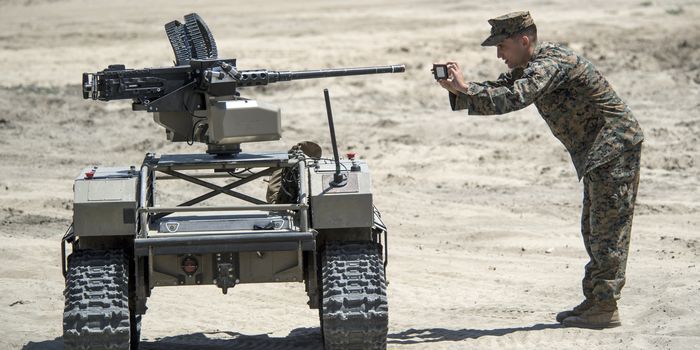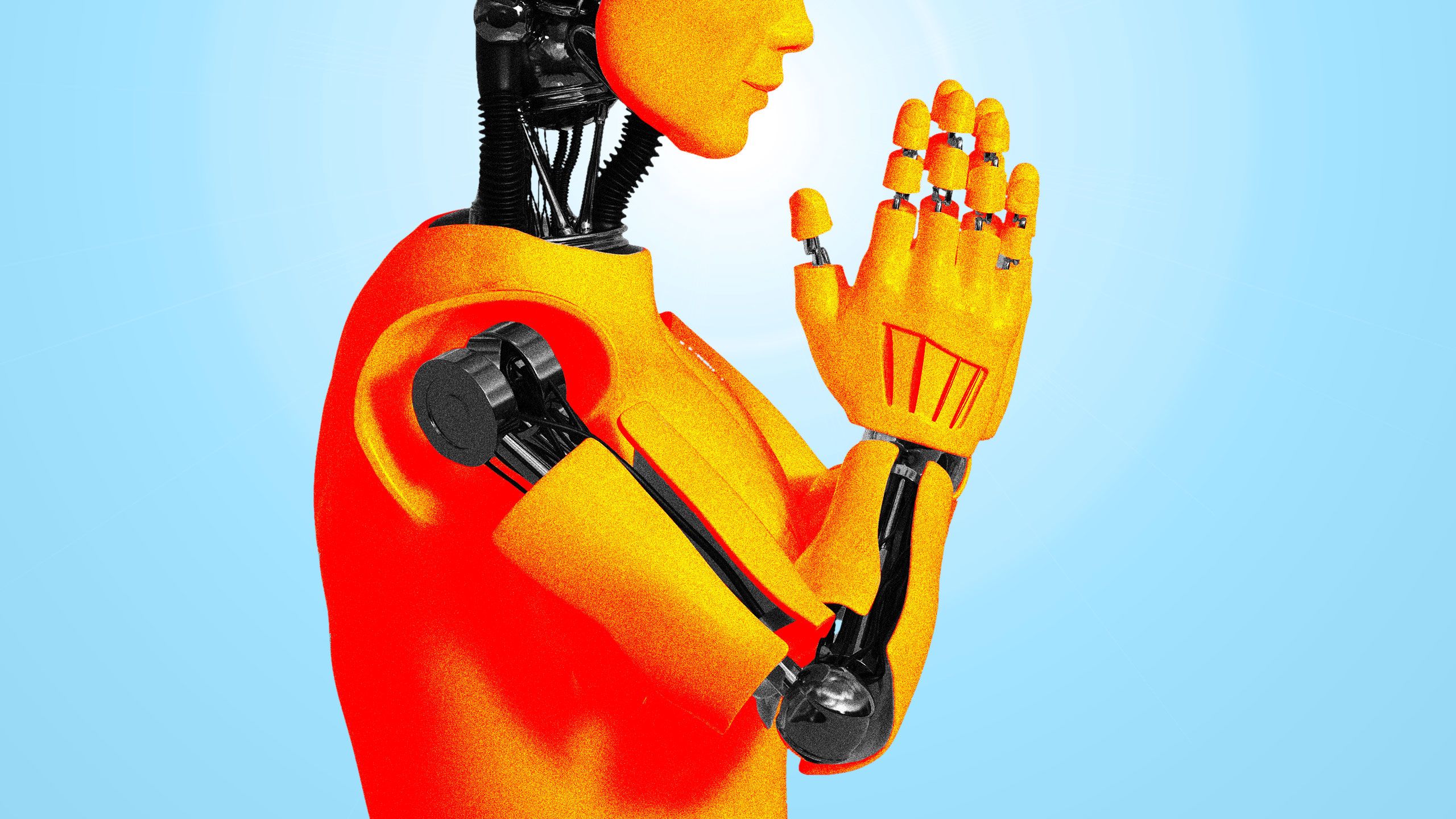Struggling to steer its economy away from oil dependence, Saudi Arabia announced an audacious plan to build a $500 billion super-city that is intended to become a world-class business hub.
Saudi Arabia is moving toward a “new generation of cities,” said Mohammed bin Salman, crown prince of the Middle Eastern kingdom, during one of his rare appearances before the press on October 24. The first of its kind, the city, to be named Neom, would be powered by green energy and have no room for “anything traditional,” he said.
Neom, an ambitious business hub, was promoted with a video clip showing happy people engaging in business, science, art, leisure, and showed men and women freely mixing in modern European clothes — something that is impossible in most of Saudi Arabia.






